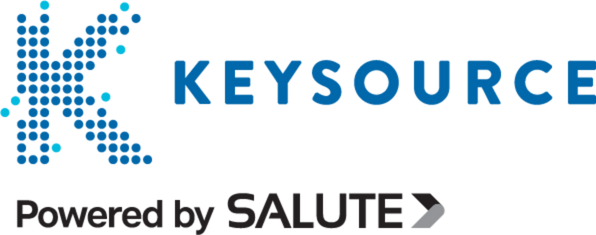
IT aside, the vast majority of power usage in a data centre is due to cooling and the need to relocate heat away from the CPU. Traditionally, air cooling is the go-to solution and makes up the vast majority of cooling solutions in the data centre world.










